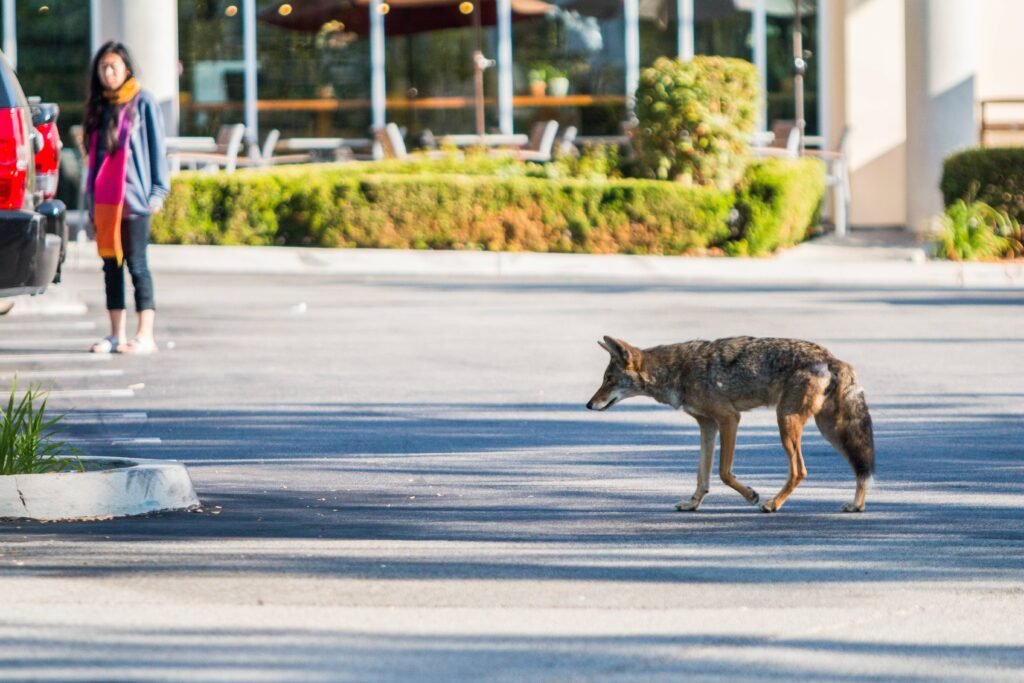The urban landscape of Illinois has become an unlikely home to one of North America’s most able predators. When most people picture wildlife in major metropolitan areas, they think of pigeons, squirrels, or maybe the occasional raccoon. But something fascinating has been unfolding right under our noses in places like Chicago – thousands of coyotes have quietly made the concrete jungle their hunting ground. What started as a slow trickle of curious canines has evolved into a remarkable success story of urban wildlife ation. These aren’t the same coyotes your grandparents might have spotted crossing rural farmland decades ago. Today’s city-dwelling coyotes have developed entirely new behaviors, modified their pack structures, and learned to thrive in ways that would astound even seasoned wildlife researchers. So let’s get started on this incredible journey into the secret lives of Illinois’s urban predators.
The Great Urban Migration

Researchers believe that the coyote population in the Chicago region rose dramatically during the 1980s and has remained relatively steady since then. Coyotes originally came to the region from the western deserts and plains sometime after 1700. During the 19th century, they were eliminated locally, mainly due to loss of habitat. In the late 20th century, coyotes returned. The “clever coyote” proved adaptable to the urbanizing landscape, and by 1990 occupied the entire landscape.
This return wasn’t just a random wandering of wildlife into human territory. It represented something far more significant – a fundamental shift in how these intelligent predators view urban environments. Coyotes thrive in suburban settings and urban regions because of the availability of food and the lack of predators. One report described them as “thriving” in U.S. , and a 2013 report in The Economist suggested that urban coyotes were increasingly living in and suburbs.
Population Explosion in the Windy City

The numbers are staggering when you really think about it. Dr. Stanley Gehrt, the Principal Investigator of the Cook County Coyote Project and Chair of the Center for Wildlife Research at the Max McGraw Wildlife Foundation, estimated the population of Chicago’s coyotes at about 2,000 in a 2014 interview with National Geographic. However, more recent research suggests even higher numbers. Gehrt and colleagues estimate that several thousand coyotes live in the Chicago metropolitan area, one of the largest metropolitan areas in North America.
Researchers estimate that thousands of coyotes live in Cook County, while hundreds of species thrive alongside humans in urban areas. That’s roughly equivalent to having one coyote for every 1,300 people in the city – a density that would have seemed impossible just a few decades ago. What makes this even more remarkable is that these animals manage to live virtually undetected by most residents.
Masters of Urban Camouflage
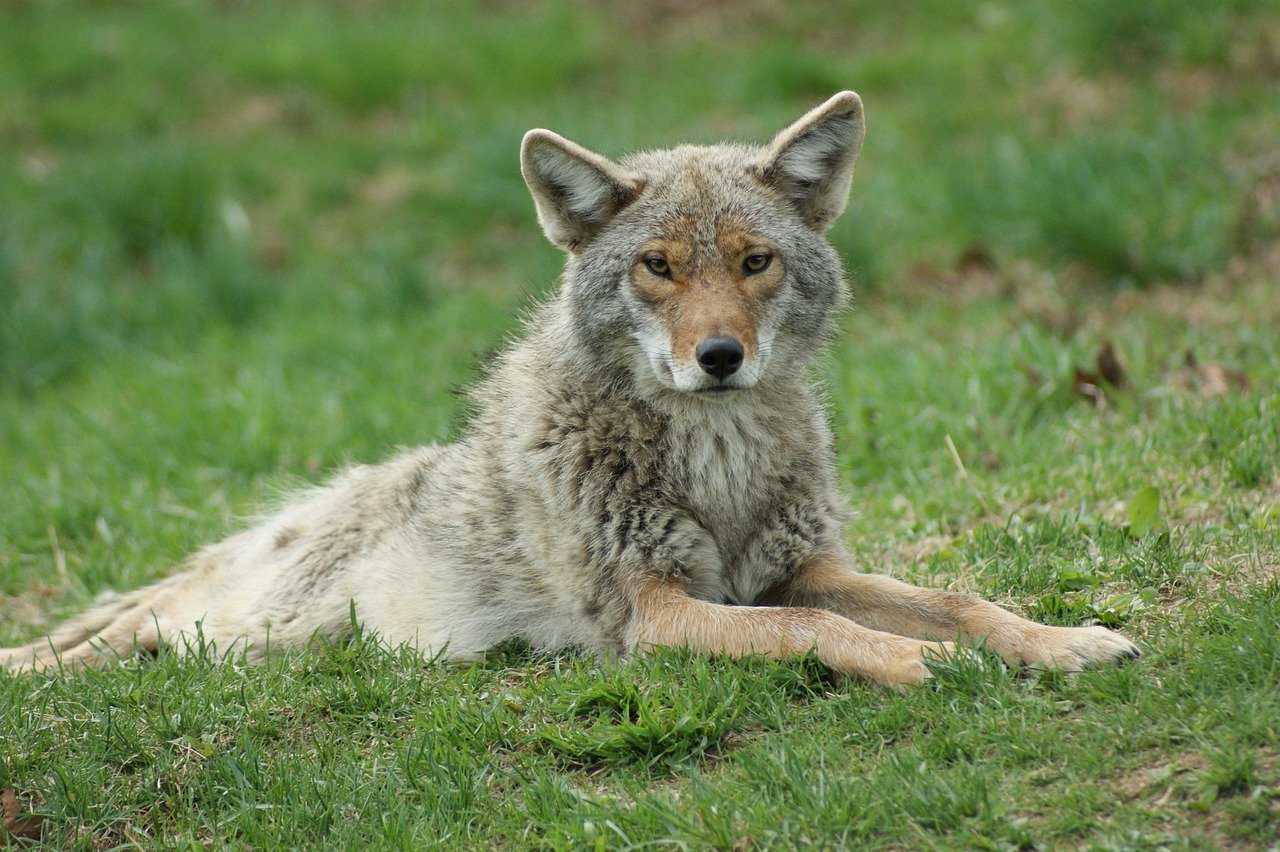
Urban coyotes tend to be highly adaptive and capable of developing altered characteristics and behavior traits in response to urban environments. Their apprehension toward people and highly residential areas leads to an ability to navigate successfully through urban networks, almost completely undetected. Think about that for a moment – thousands of wild predators moving through one of America’s busiest like ghosts.
The researchers in Chicago have found that most urban coyotes are able to live among people without drawing much attention to themselves. According to research tracking hundreds of animals using radio collars, very few have been deemed nuisances by the local community. This incredibly low conflict rate demonstrates just how successfully these animals have adapted to sharing space with humans while maintaining their wild nature.
Night Shift Survival Strategy
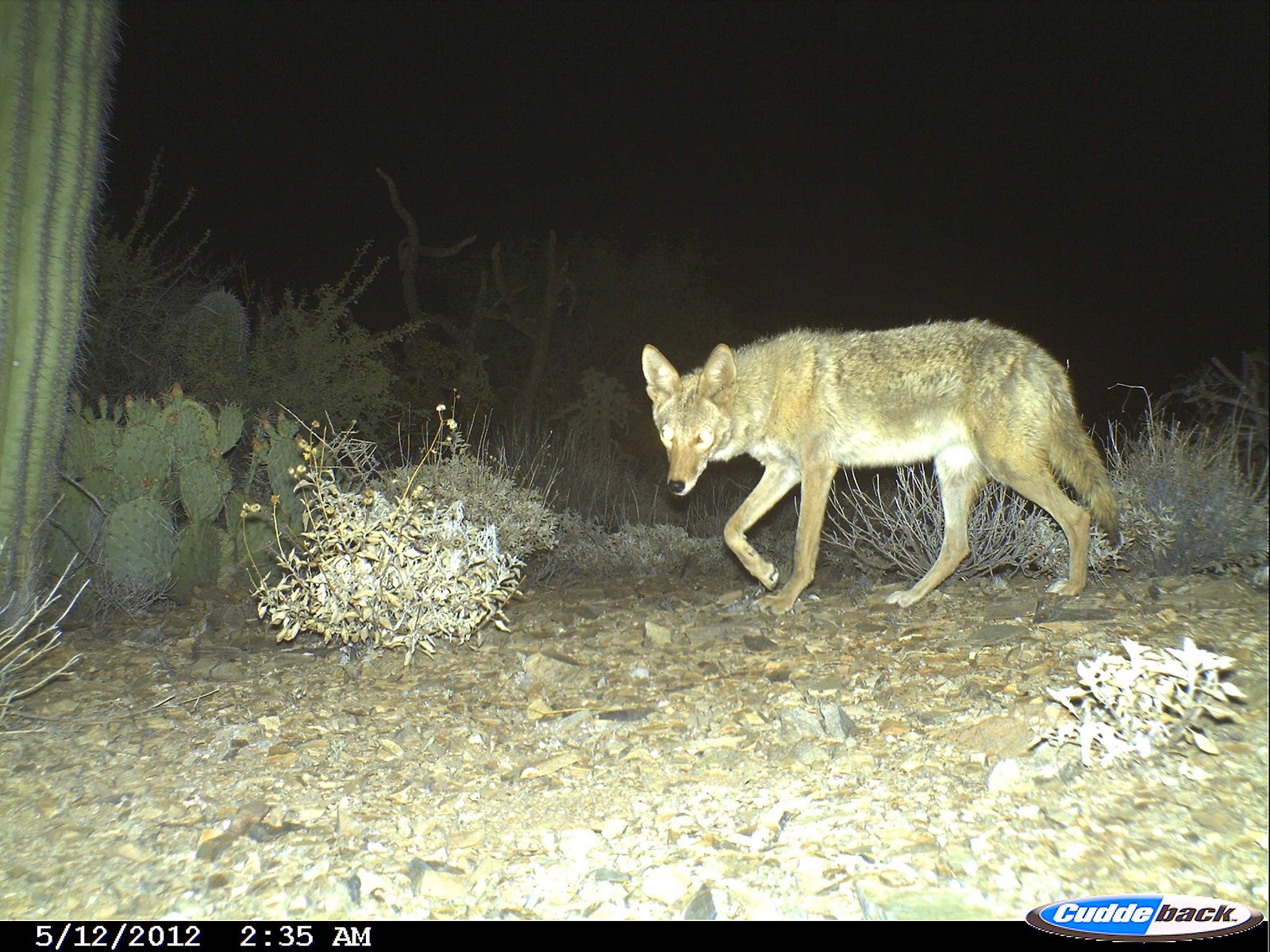
Perhaps the most dramatic behavioral change urban coyotes have made involves completely flipping their daily schedule. Coyotes in Cook County and other urban areas are mostly nocturnal (active at night), while rural coyotes tend to be active during the daytime and around dawn and dusk. This may be an adaptive strategy to avoid confrontation with humans. It’s like they’ve collectively decided to work the night shift to avoid the morning commute.
Urban coyotes demonstrate behavioral plasticity – changing their activity patterns from diurnal (daytime) in rural settings to predominantly nocturnal in to avoid human activities. This isn’t just a minor adjustment – it represents a fundamental rewiring of millions of years of evolved behavior patterns. They typically establish territories within parks, cemeteries, golf courses, vacant lots, and suburban neighborhoods – any area that offers a blend of shelter, food, and limited disturbance. They tend to be nocturnal or crepuscular (active at dawn and dusk) in urban settings, effectively reducing their encounters with humans.
Pack Dynamics Get a City Makeover
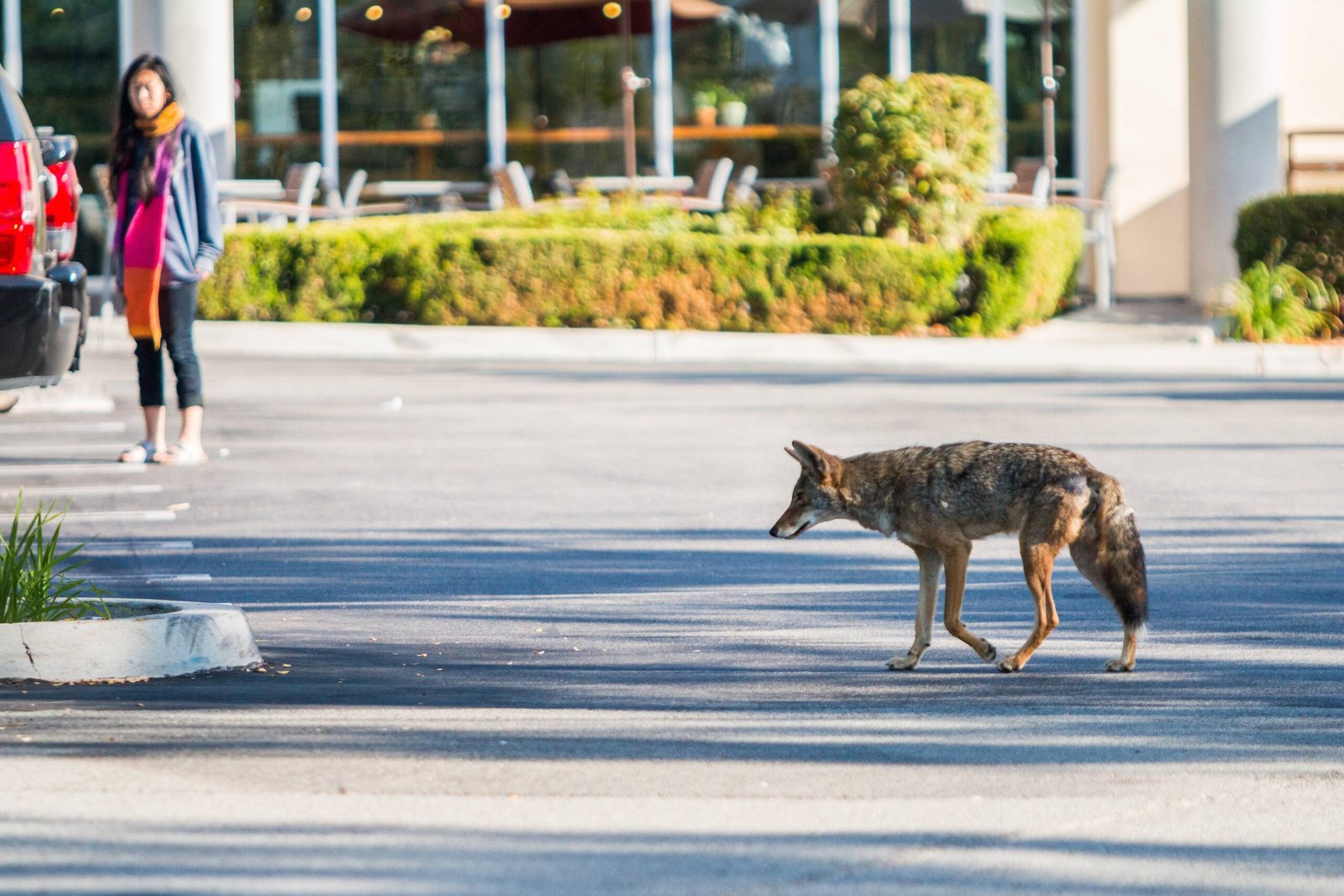
Coyotes typically have a highly organized social system, even in urban areas. This consists of packs, or groups, of coyotes that defend territories from other coyotes. In Cook County, coyotes have been identified as living in packs as well as traveling alone (solitary coyotes). Packs are usually composed of an alpha male and female pair, and a few other coyotes. Genetic analysis of coyotes has revealed that nearly all pack mates are close relatives, except for the alpha pair.
What’s particularly fascinating is how urban environments have influenced pack size and structure. Group size in protected habitats is typically five to six adults in addition to pups born that year. Territories have very little overlap, so the coyotes defend these areas from other groups. In rural areas, especially where hunting and trapping are common, the group may only consist of the alpha pair and the pups. Urban areas actually support larger, more stable pack structures than many rural environments.
Territory Wars in the Concrete Jungle
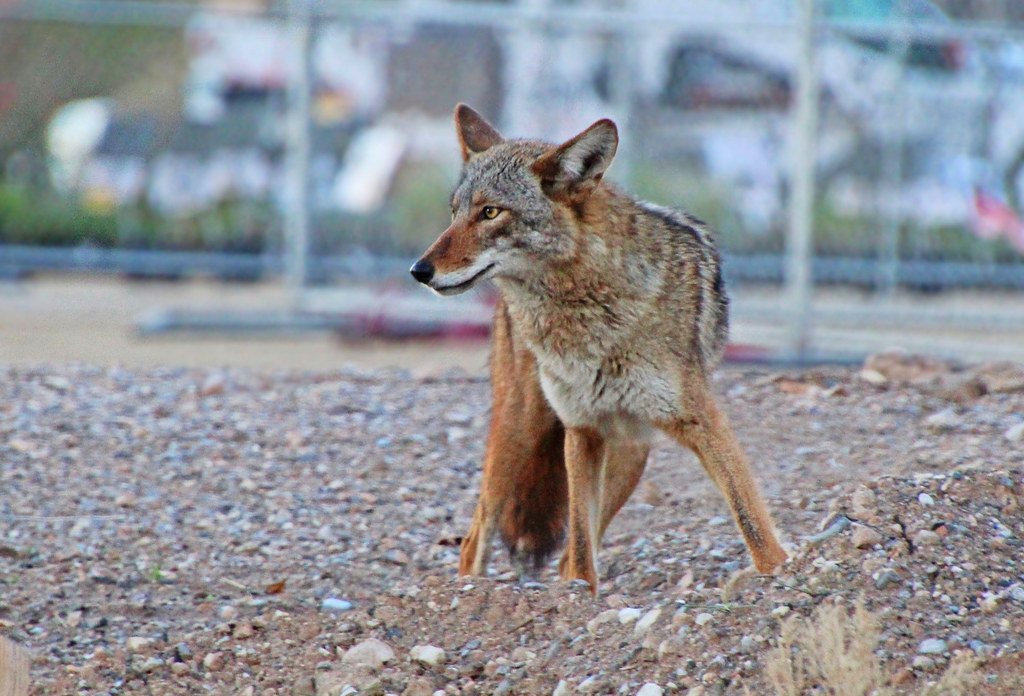
Urban coyotes have developed sophisticated territorial systems that would make real estate developers jealous. Coyotes in Illinois tend to have large home ranges compared with coyotes in the western states. In central Illinois, researchers documented an adult male with a home range of 13 square miles and a subadult male with a home range of 39 square miles. In Cook County, Illinois, solitary coyotes traveled over 20 square miles, while coyotes living in family groups traveled over 3 square miles.
Studies using GPS collar tracking reveal that coyotes form stable territories even within densely populated urban areas, often overlapping with human neighborhoods yet remaining mostly unseen. These invisible boundaries crisscross the city, with each pack maintaining their own slice of the urban pie while somehow avoiding most human contact.
The Urban Food Revolution
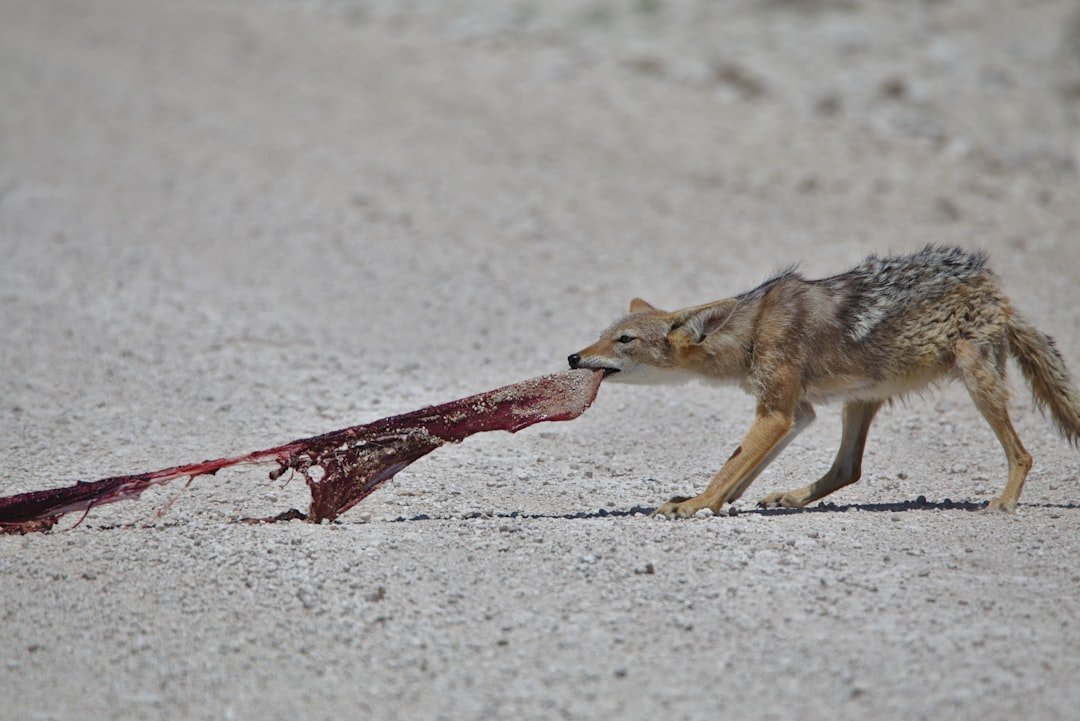
Contrary to popular belief, urban coyotes haven’t become garbage-eating city scavengers. Researcher Paul Morey analyzed scat (fecal matter) contents at different locations within our study area. After investigating 1,429 scats, he found that diet items varied across space and time, which reflects the flexible food habits of coyotes. The most common food items were small rodents (42%), fruit (23%), deer (22%), and rabbit (18%). (Scats often have more than one diet item; therefore, frequencies do not necessarily add up to 100%). Apparently, the majority of coyotes in our study area do not, in fact, rely on pets or garbage for their diets.
Research from Gehrt and the Urban Coyote Research Project in Chicago analyzed coyote diets and found that domestic cats appeared in only 1.3% of scat samples. The predominant food sources were small rodents (42%), fruit (23%), white-tailed deer (22%), and rabbits (18%). Human-associated food items, including garbage and pet food, were found in just 1.9% (out of 1429) samples suggesting that Chicago’s urban coyotes rely more on natural prey and less on domestic cats or human food sources. This also shows that the city of Chicago is doing a good job of educating the public.
Natural Pest Control Services
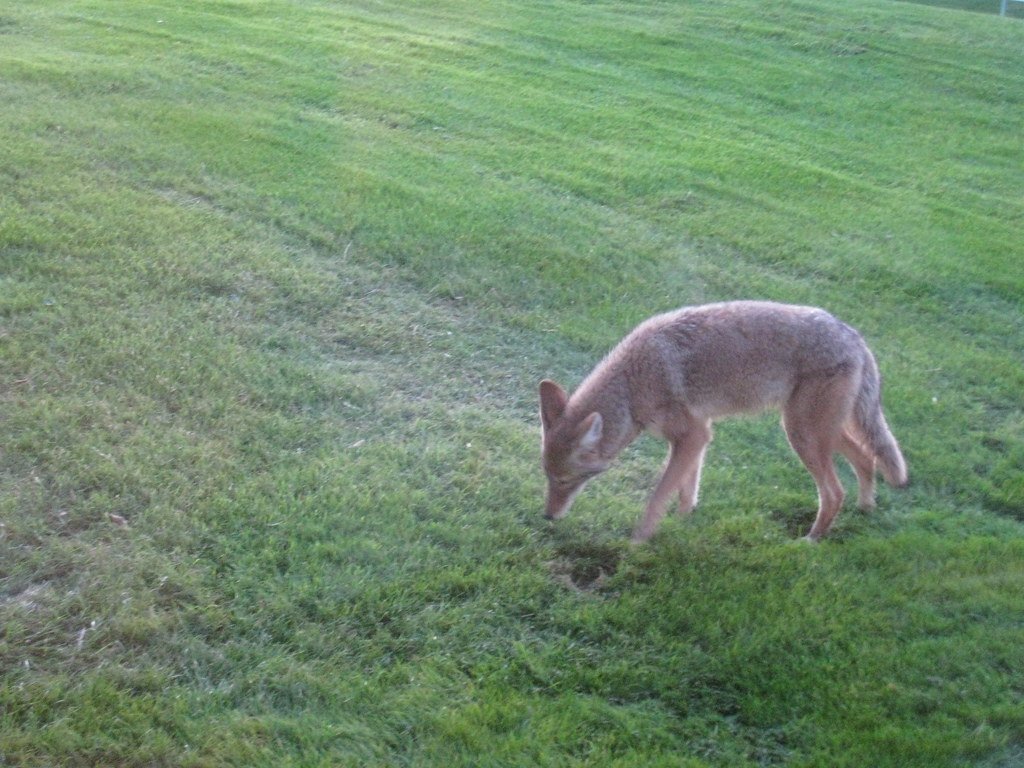
Studies of what coyotes in Cook County eat suggest they play a positive role in urban ecosystems, where the shortage of predators otherwise favors undesirably large populations of some too-familiar creatures. Coyotes feed heavily on rabbits, mice, and other small rodents, and so help to keep their populations in check. Coyotes also help to slow population growth among white-tailed deer by taking fawns, and help to limit numbers of Canada geese by feeding on their eggs.
This opportunistic feeding behavior not only aids their survival but also positions them as natural pest controllers, helping to manage populations of small mammals that might otherwise become nuisances. Essentially, urban coyotes are providing free ecosystem services that would otherwise require expensive human intervention. They’re like four-legged exterminators working the night shift.
The Survival Advantage of City Living
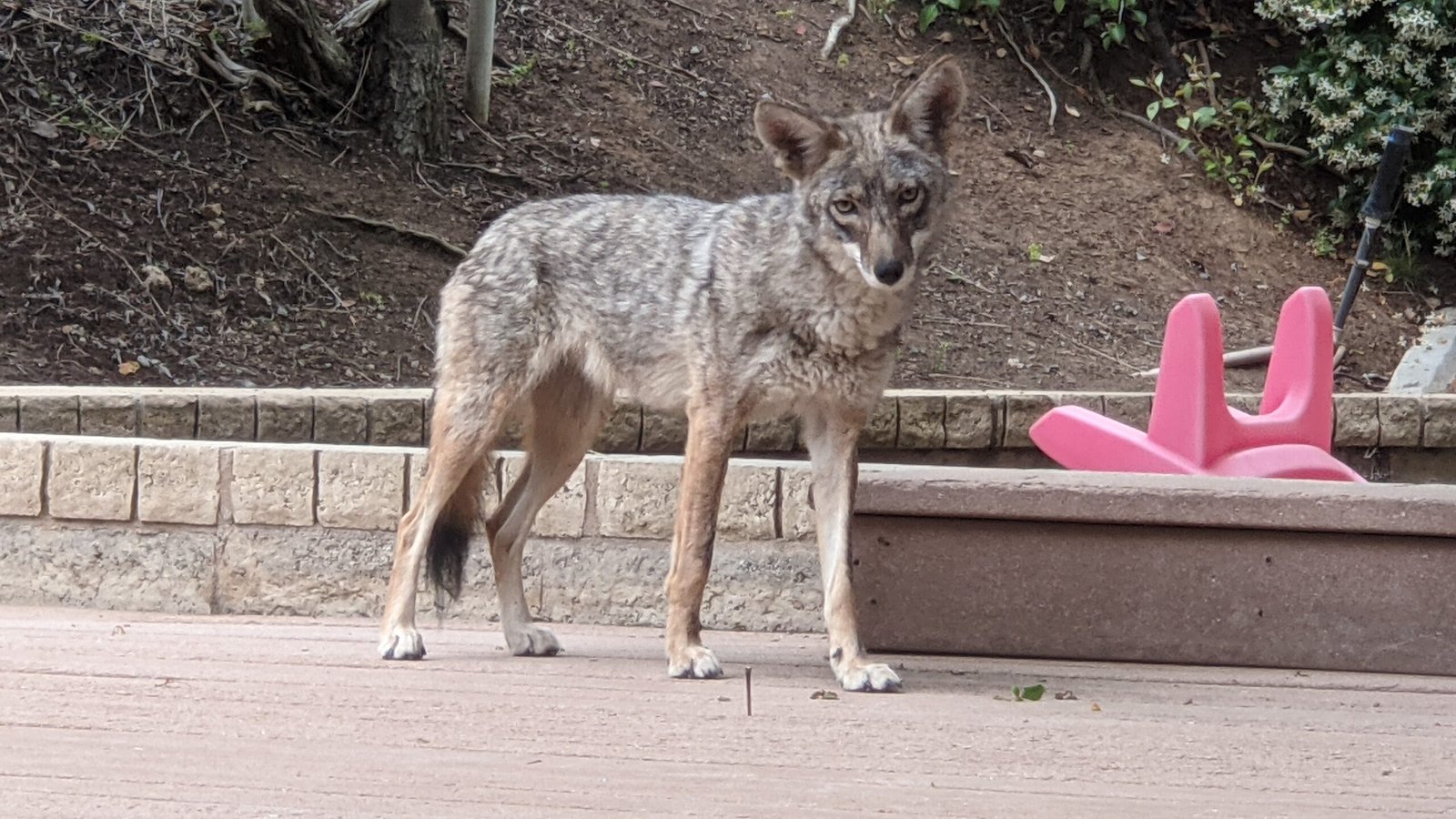
Here’s something that might surprise you: city coyotes actually live longer than their rural cousins. Unlike rural coyotes, urban ones have a longer lifespan and tend to live in higher densities but rarely attack humans and can be frightened away by arm waving or loud noises. They found that urban coyotes tend to live longer than their rural counterparts, kill rodents and small pets, and live anywhere from parks to industrial areas.
Survival rates of adult coyotes in the Chicago metropolitan area are similar to estimates for coyotes living in rural Illinois. However, the survival rates of juvenile coyotes in Cook County are approximately five times higher than the 13% survival rate reported for rural juvenile coyotes. Rural Illinois is dominated by row-crop agriculture and hunting of coyotes occurs year-round without any regulatory constraints, such as bag limits. The city, it turns out, is actually a safer place for young coyotes to grow up.
Human Encounters: Separating Myth from Reality
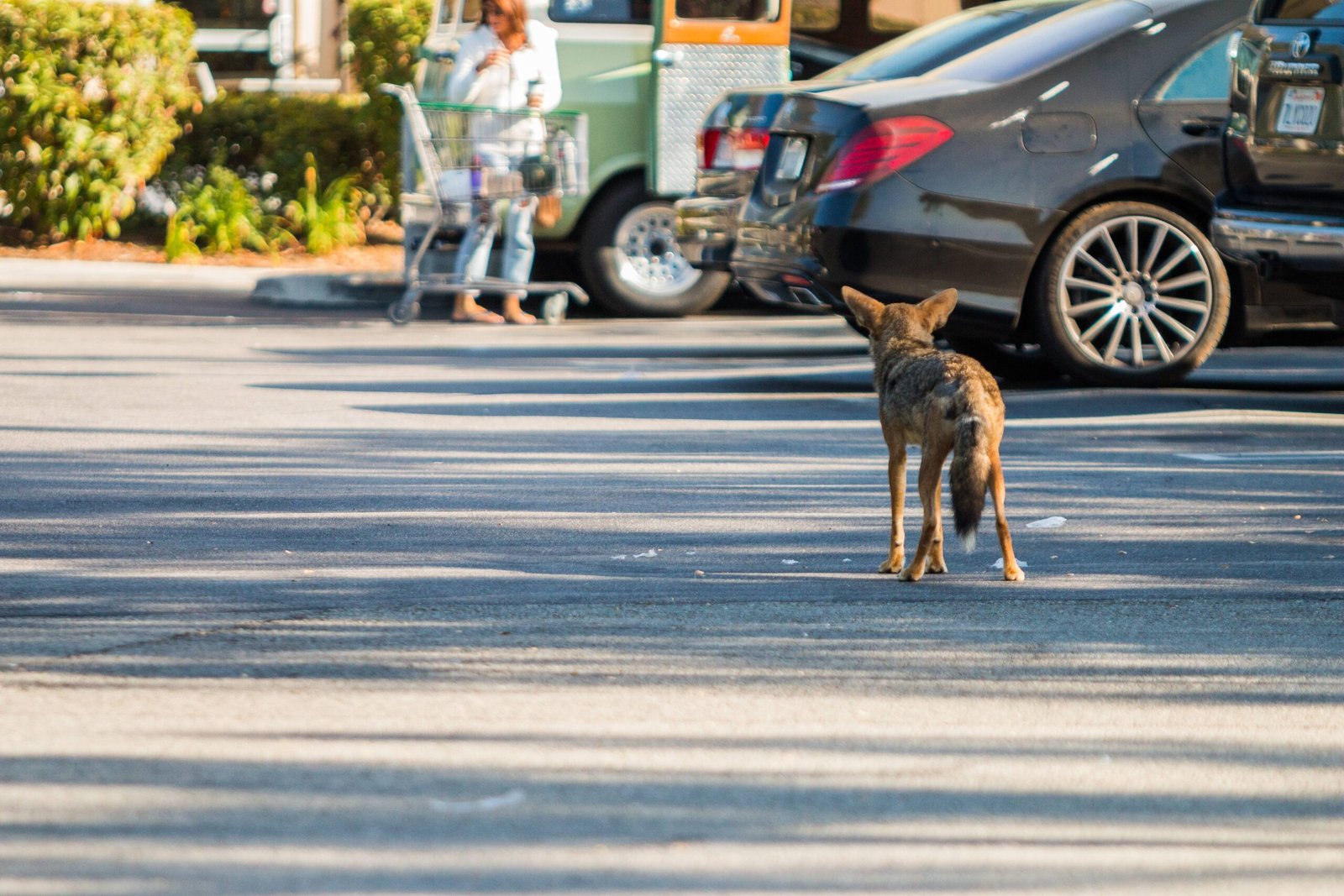
There are no confirmed cases of attacks in the Chicago metropolitan area. More broadly, across America the average is three to five incidents, usually caused by human feeding. They point out that although Cook County is home to large populations of both people and coyotes no case of a coyote biting a human has been documented there. The researchers compare this to the number of dog bites reported annually in Cook County, which ranges from two to three thousand. The point is not that coyotes pose no threat to people, but that from a broad perspective, bites by domestic dogs present a far greater risk.
This safety record is remarkable considering the density of both human and coyote populations in the area. The key factor seems to be that these urban-adapted coyotes have learned to actively avoid human contact, making them far less dangerous than many people assume.
The Pet Factor: A Complex Relationship
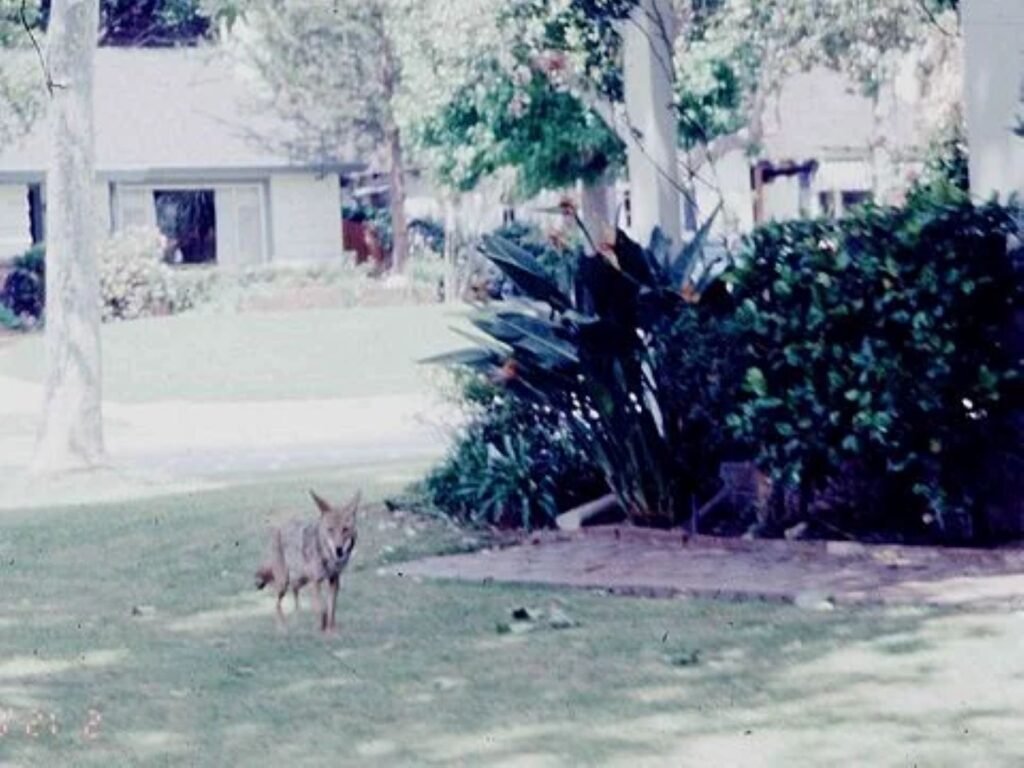
Although coyotes do attack and kill domestic cats in the Chicago area, cat attacks are often more difficult to substantiate than dog attacks. Of the 10 cat attacks reported in the Chicago metropolitan area, almost half were lost cats that the owners assumed were eaten by coyotes (but attacks were not confirmed). Between 1990 and 2004, the number of attacks on pets in the Chicago metropolitan area increased from 0-2 attacks per year to 6-14 reported attacks per year. We also found more accounts of attacks during the late fall, winter, and early spring than during the warmer months of the year. and townships with the most reported attacks were Arlington Heights, Chicago, Geneva, North Shore, and Palatine.
The Cook County researchers note that the greatest controversy over the presence of coyotes in an area is often generated by the fact that they kill free-ranging domestic cats, either for food or for the purpose of eliminating a competing predator. Where people stand on this issue is typically determined by whether they value cats being able to roam or the health of songbird populations. This creates a complex three-way ecological relationship that reflects broader urban wildlife management challenges.
Conclusion
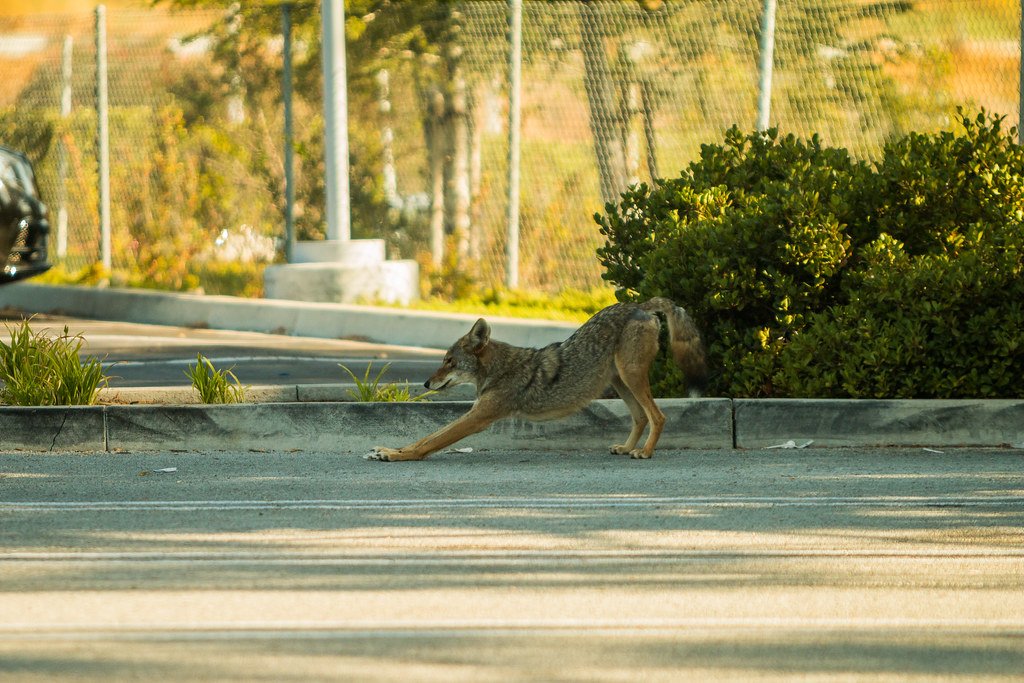
The story of Illinois coyotes adapting to city life represents one of the most remarkable wildlife success stories of our time. It is important to keep in mind that coyotes have been interacting with and adapting to people since the first development expanded across North America. Due to their intelligence and adaptability, in addition to extensive urbanization and the subsequent decline of larger predators, coyotes have successfully expanded their range across Chicago. From a few scattered individuals in the 1980s to thousands today, these adaptable predators have essentially rewritten the rulebook on urban wildlife survival. The transformation has been nothing short of extraordinary. They’ve switched to nighttime schedules, formed new social structures, maintained surprisingly natural diets despite abundant human food sources, and managed to coexist with millions of people while remaining largely invisible. Perhaps most impressive of all, they’ve done this while providing valuable ecosystem services and maintaining an exemplary safety record that puts domestic dogs to shame. What do you think about having thousands of wild predators living secretly in our ? Did you expect that coyotes could adapt so successfully to urban life while maintaining their wild nature?

Hi, I’m Andrew, and I come from India. Experienced content specialist with a passion for writing. My forte includes health and wellness, Travel, Animals, and Nature. A nature nomad, I am obsessed with mountains and love high-altitude trekking. I have been on several Himalayan treks in India including the Everest Base Camp in Nepal, a profound experience.

